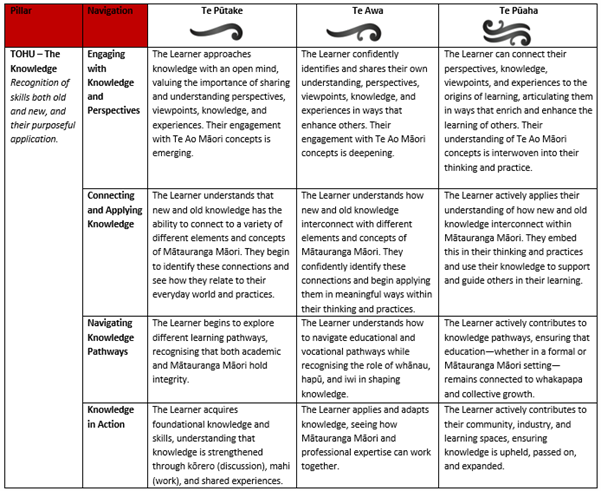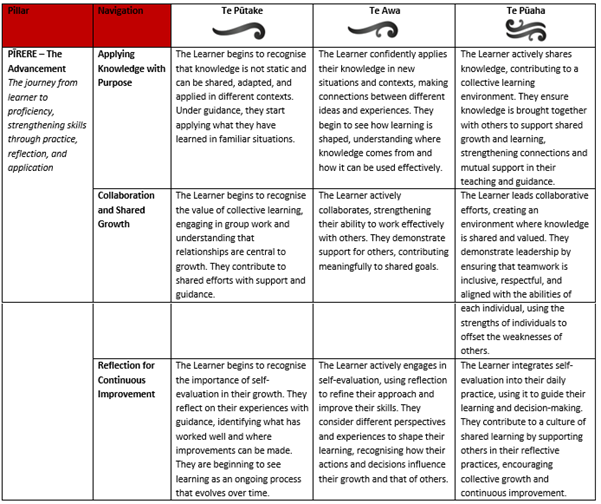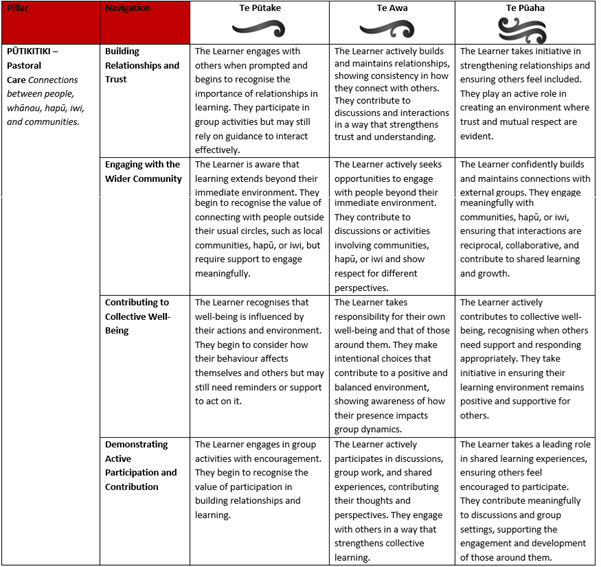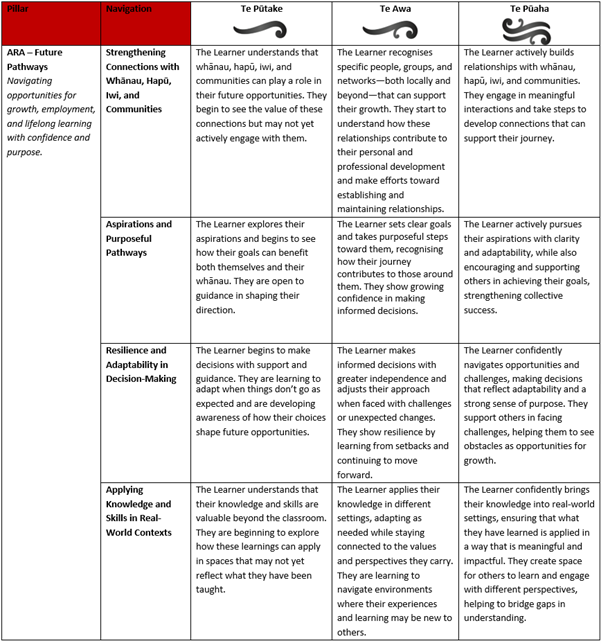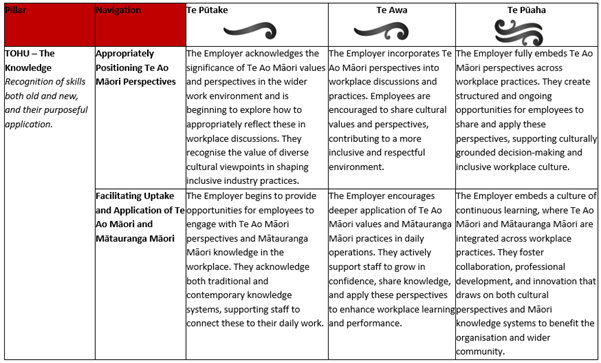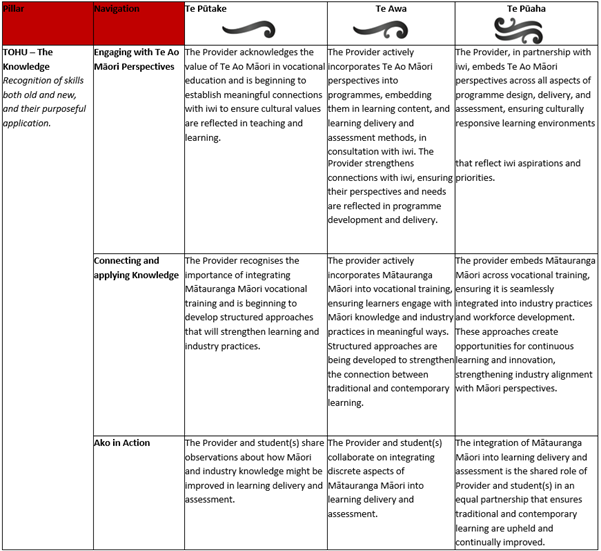Criteria for the food and fibre sector to measure vocational excellence against.
A rubric is typically an evaluation tool or set of guidelines used to promote the consistent application of learning expectations, learning objectives, or learning standards, or to measure their attainment against a consistent set of criteria.
Food and Fibre Centre of Vocational Excellence (FFCoVE) was formed to promote excellence in vocational education in New Zealand’s food and fibre sector. To do this, it needs to be able to define and communicate what excellence is, and how it contrasts with everything that is not excellent. The framework presented in this document designed to do this.
The framework can be used in several ways including:
In developing this framework, the aim was to:
The rubrics began as a set of measures developed for the FFCoVE by Skills Consulting Group (SCG) as part of a literature review which sought overseas examples of excellence in vocational education. SCG developed in initial attribute framework based on four As; Availability, Accessibility, Acceptability and Adaptability.
The framework is intended to be a living one and is therefore subject to a continuous improvement regime.
A four-step approach is proposed to maintain and grow the framework:
Go to the Overview tab to download the entire suite of rubrics in MS Word format
Educators here refers to a broad and diverse definition of people who provide instruction or education. Examples of educators may include, but are not limited to, teachers, tutors, trainers, training advisors / brokers etc.
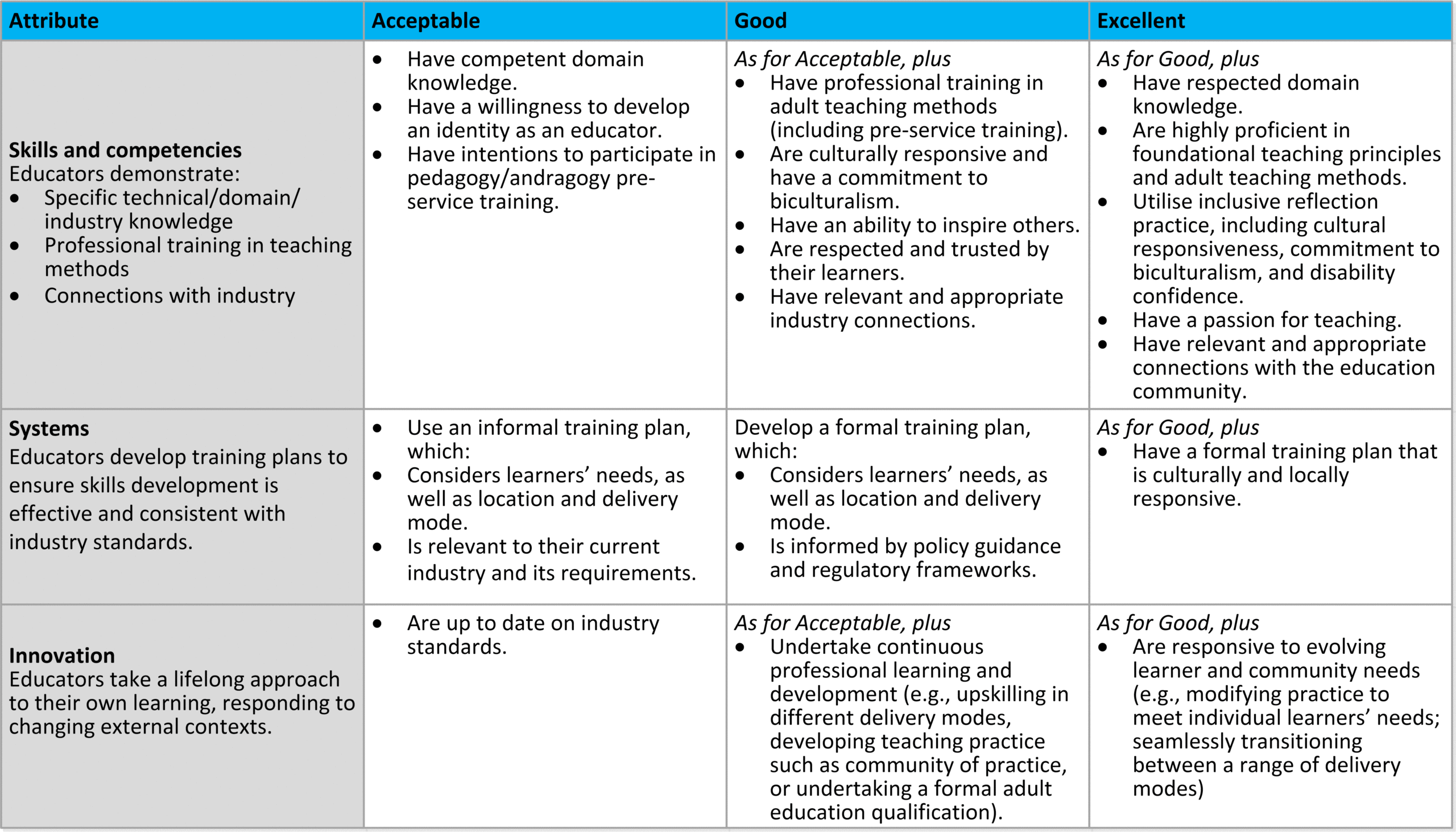
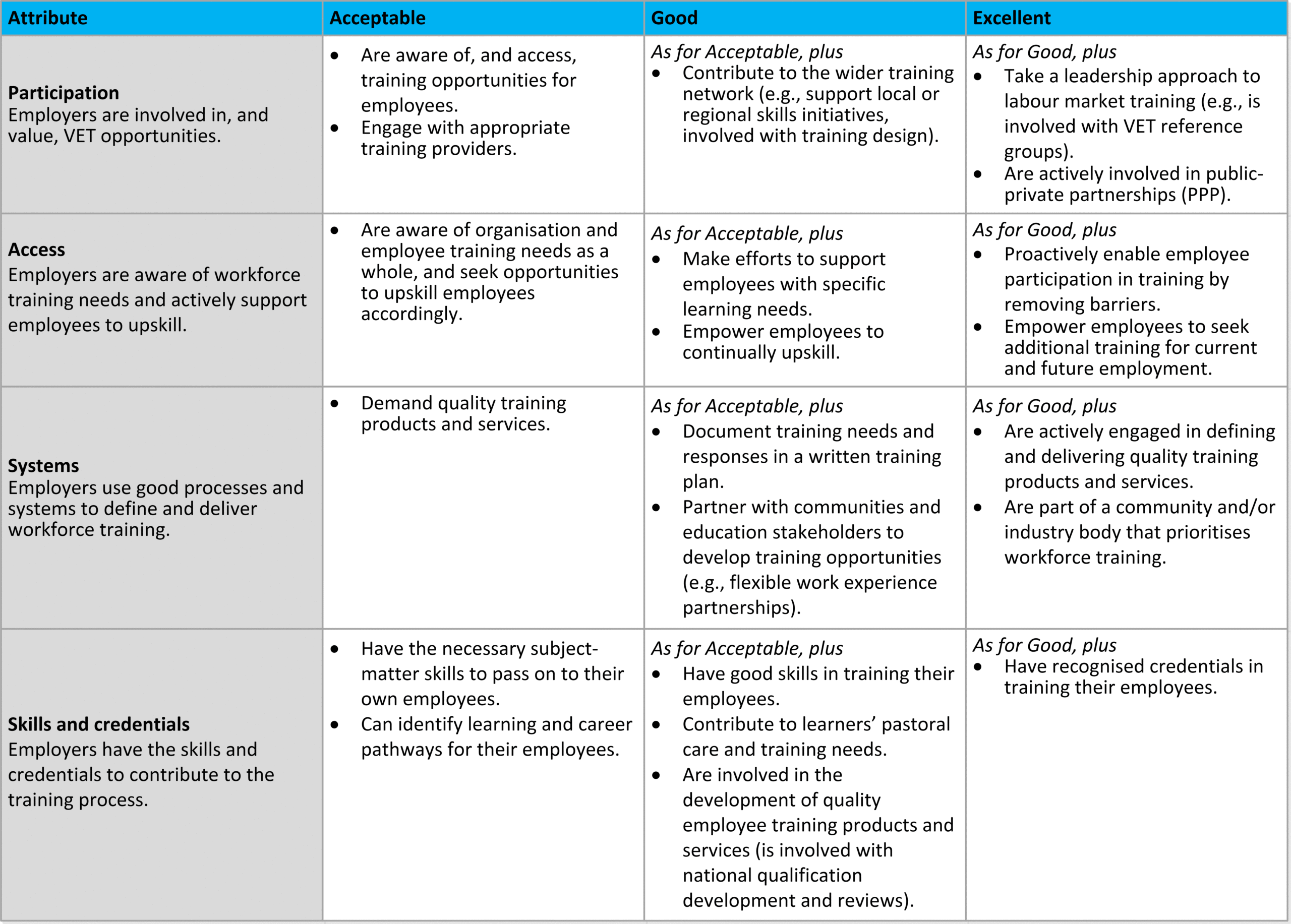
Go to the Overview tab to download the entire suite of rubrics in MS Word format
Face-to-face learning is used here as a concise way to describe a ‘default’ mode of provision – provided mainly on-campus, delivered face-to-face and typically aimed at learners near the start of their working lives. Much of the content of this rubric will also apply to other forms of provision described in the following rubrics.
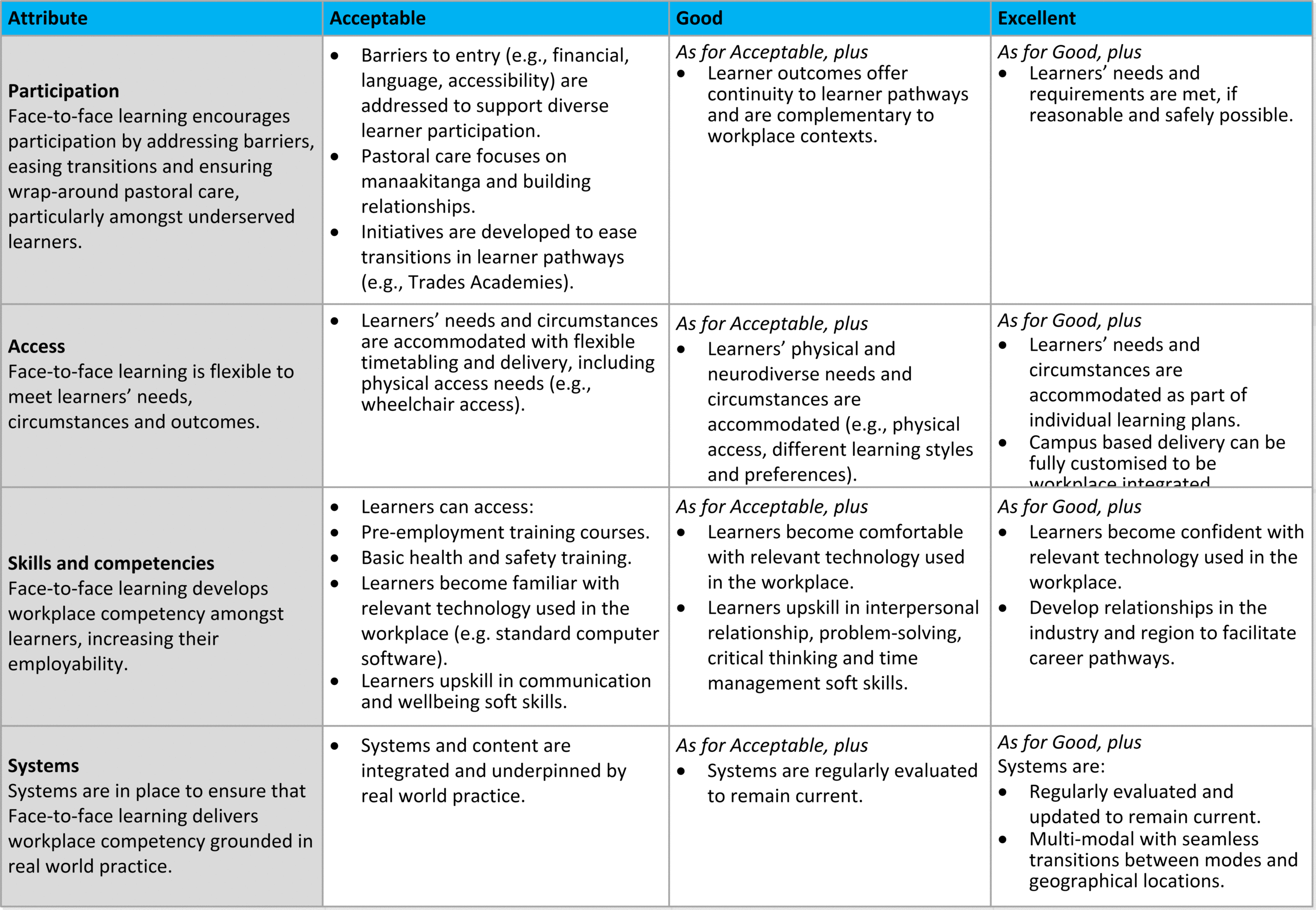
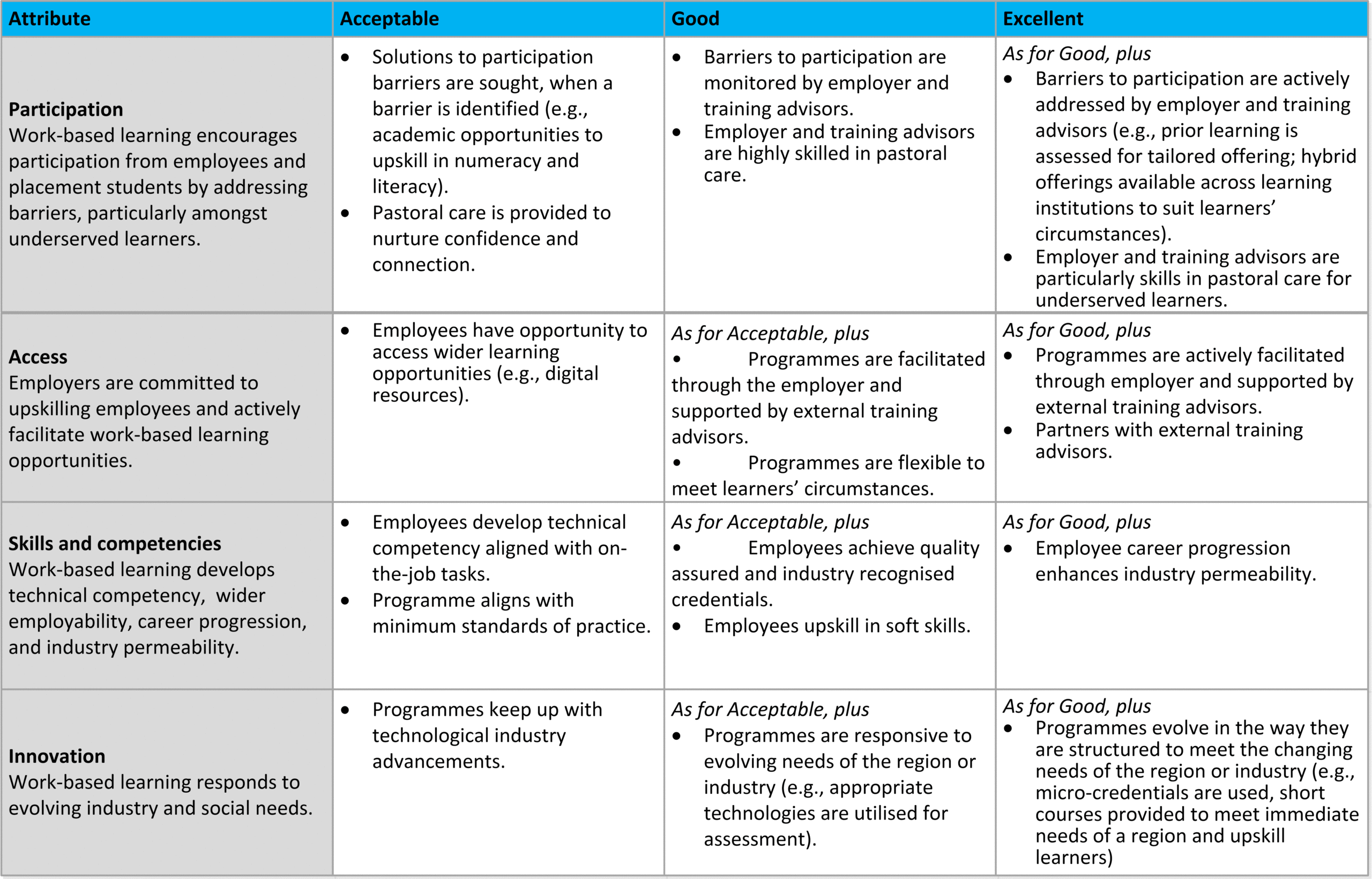

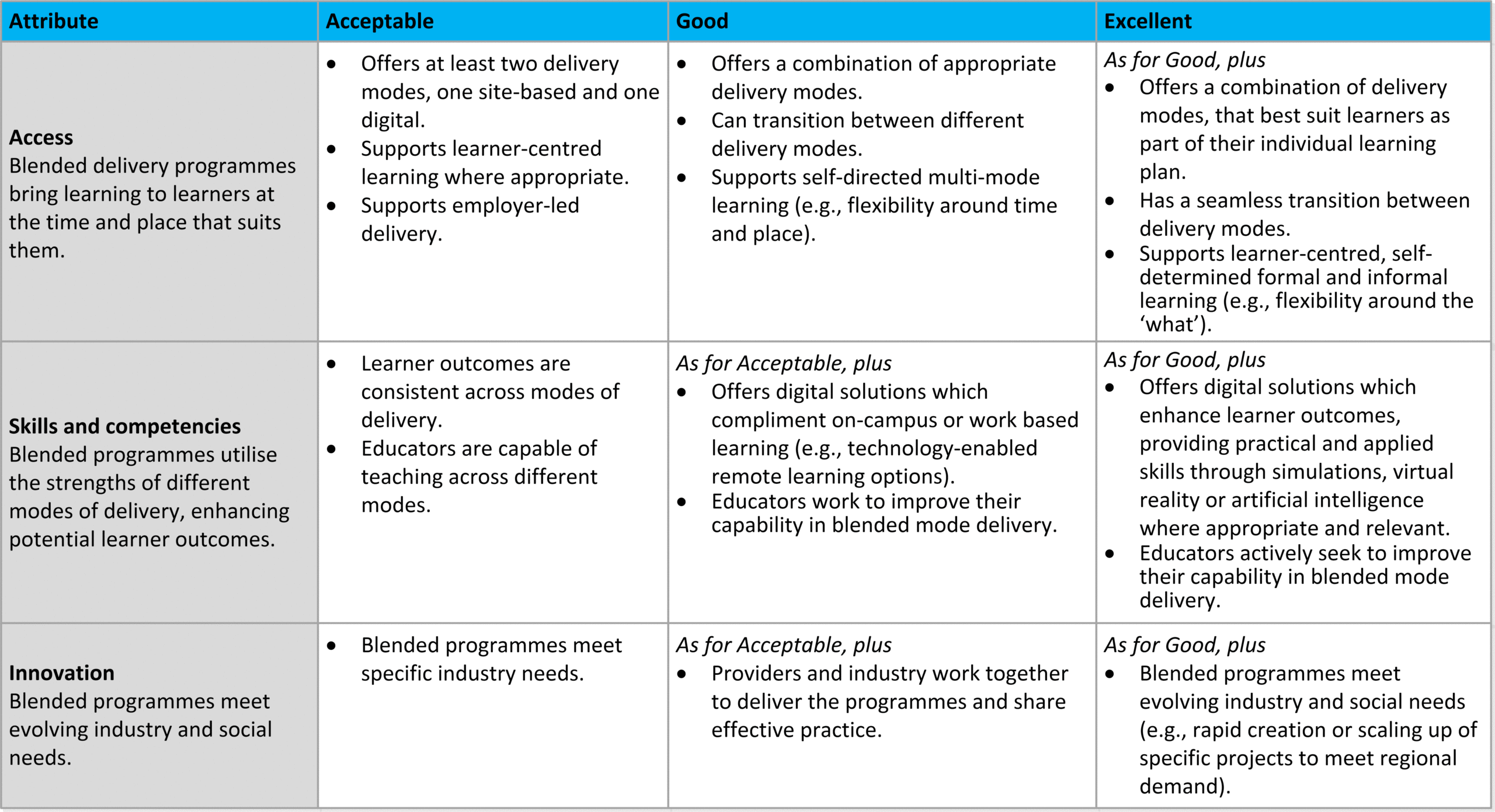
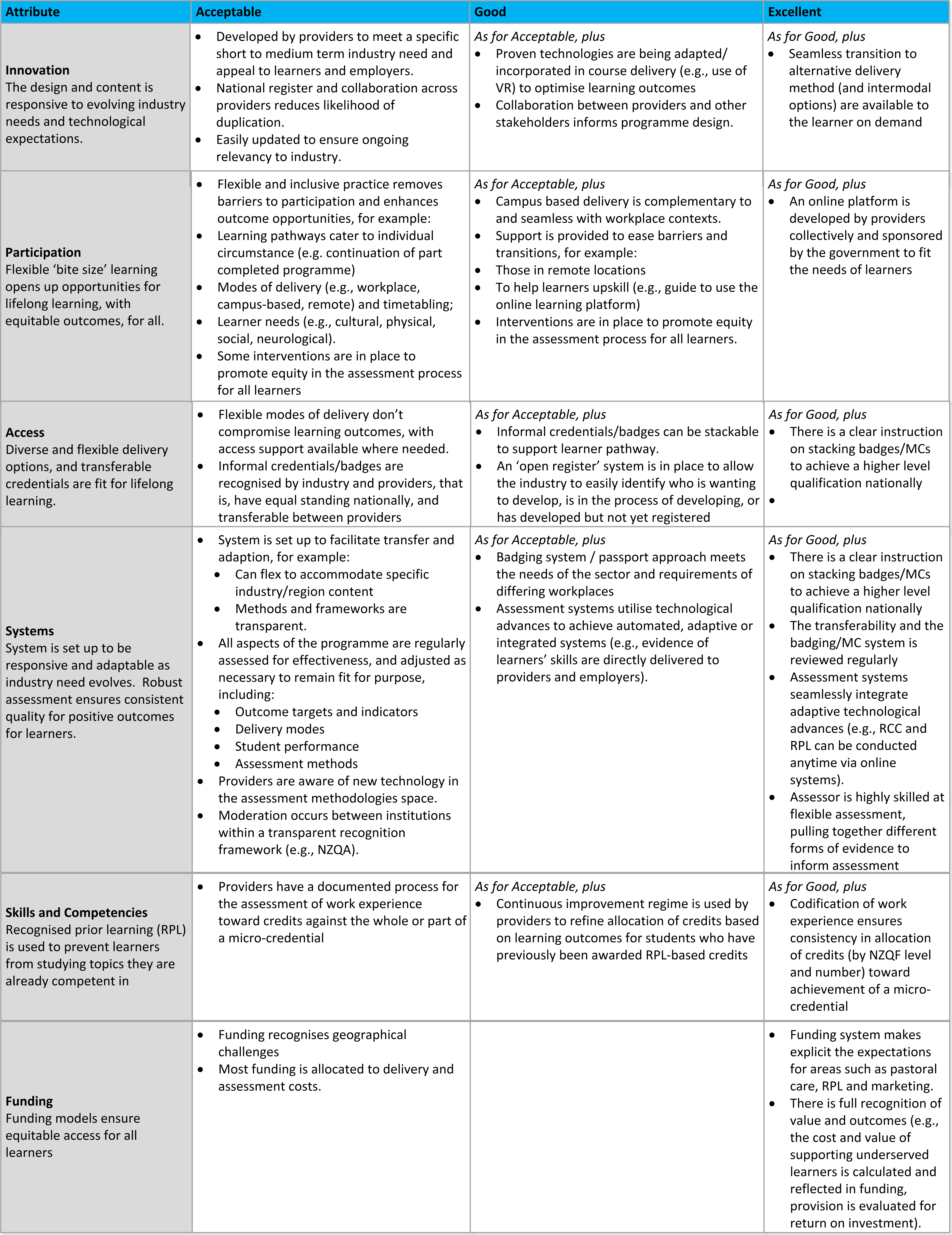
Go to the Overview tab to download the entire suite of rubrics in MS Word format
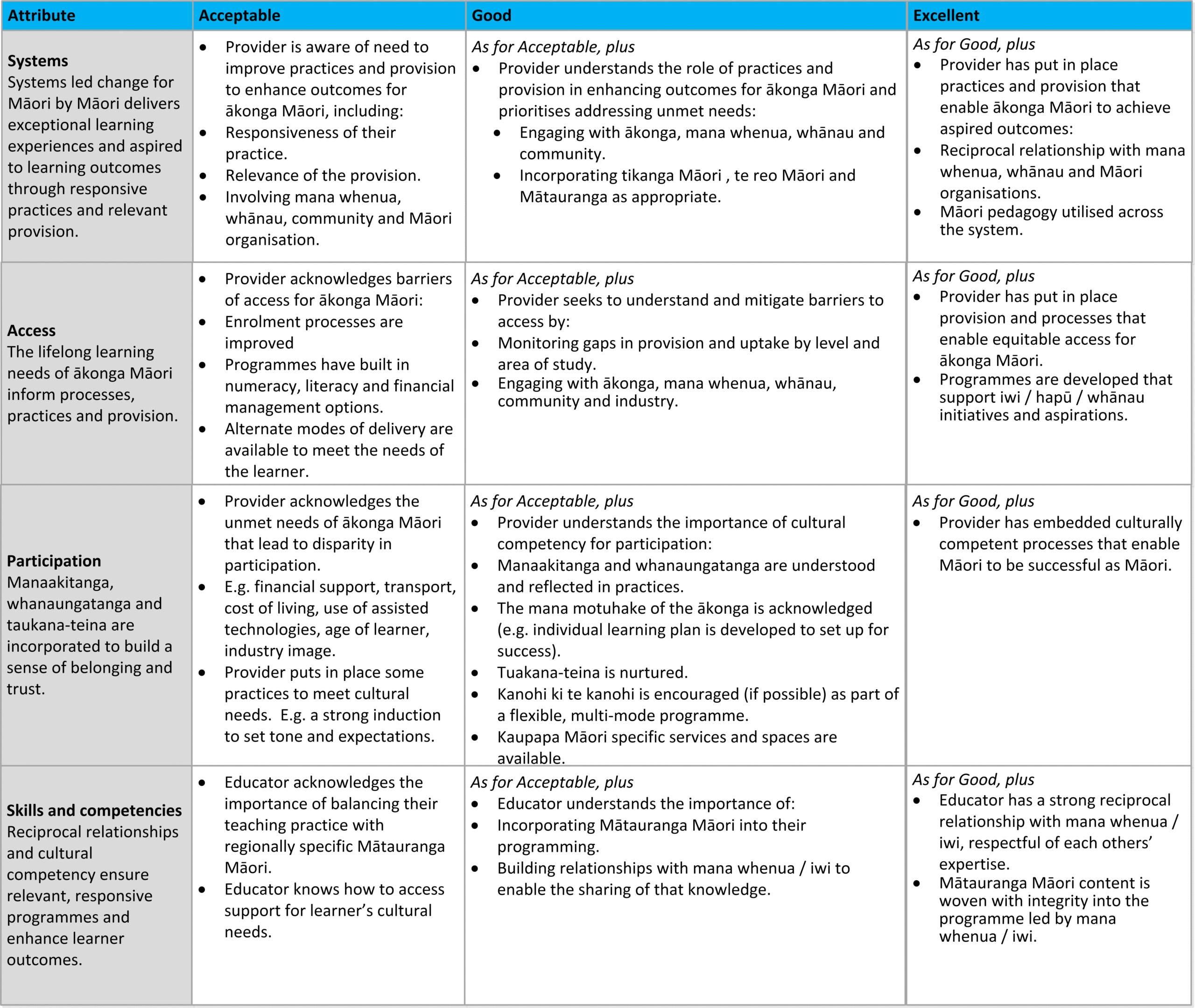
Underserved learners includes all learners that currently experience inequitable outcomes including, but not exhaustively, Māori, Pacific, neurodiverse, physically disabled, learners with low literacy and numeracy; Examples of local and representative groups and organisations here include iwi, industry and employers.

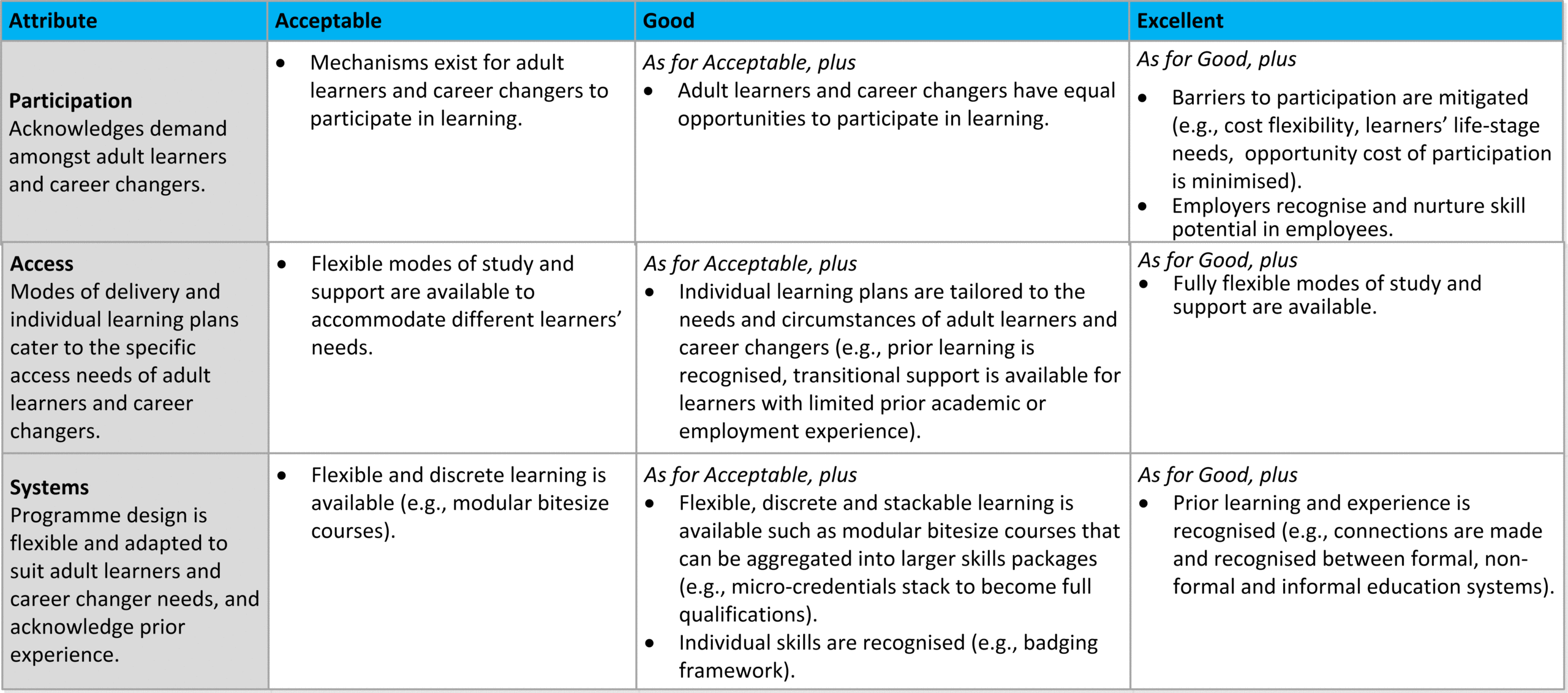
Go to the Overview tab to download the entire suite of rubrics in MS Word format
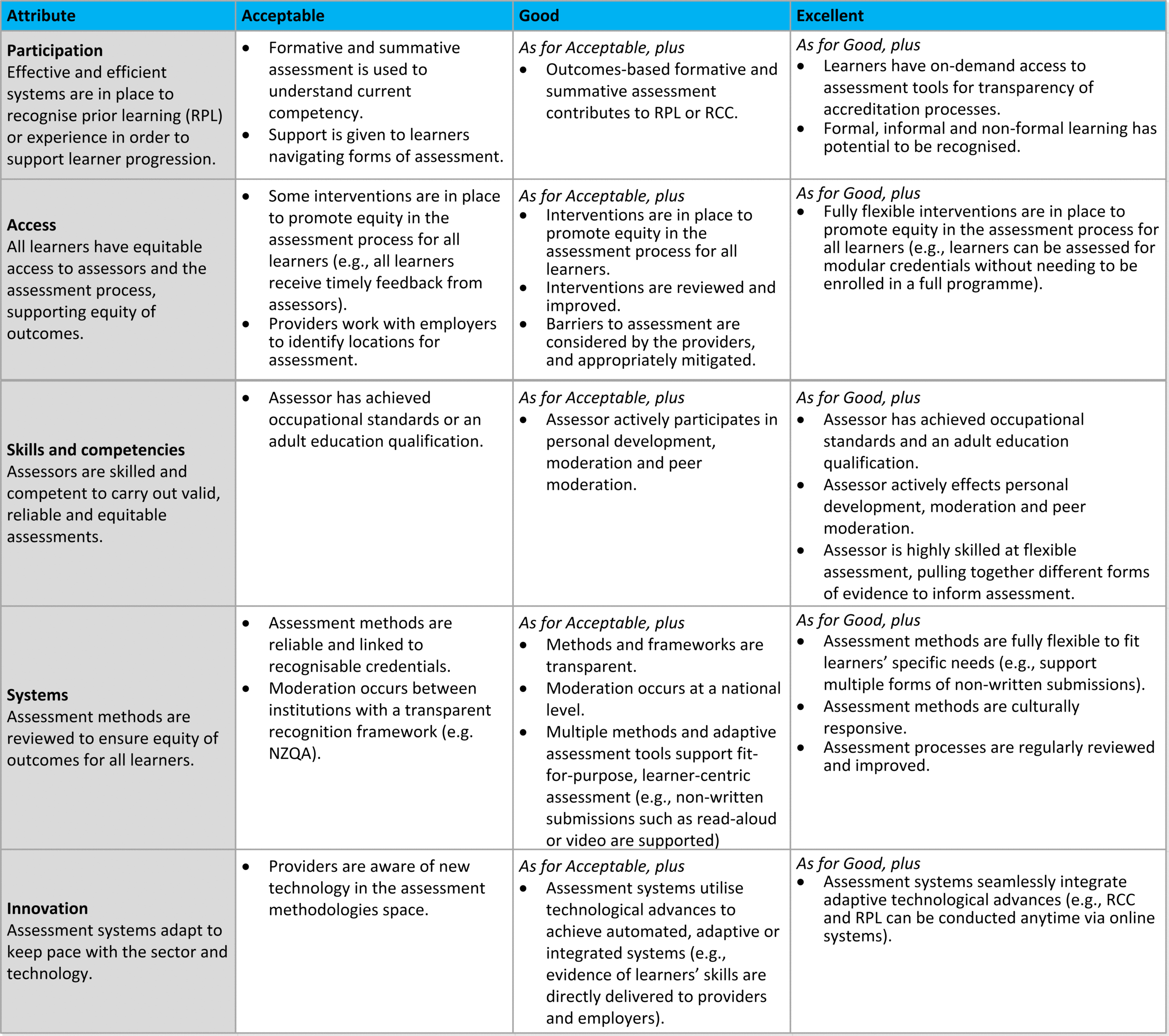

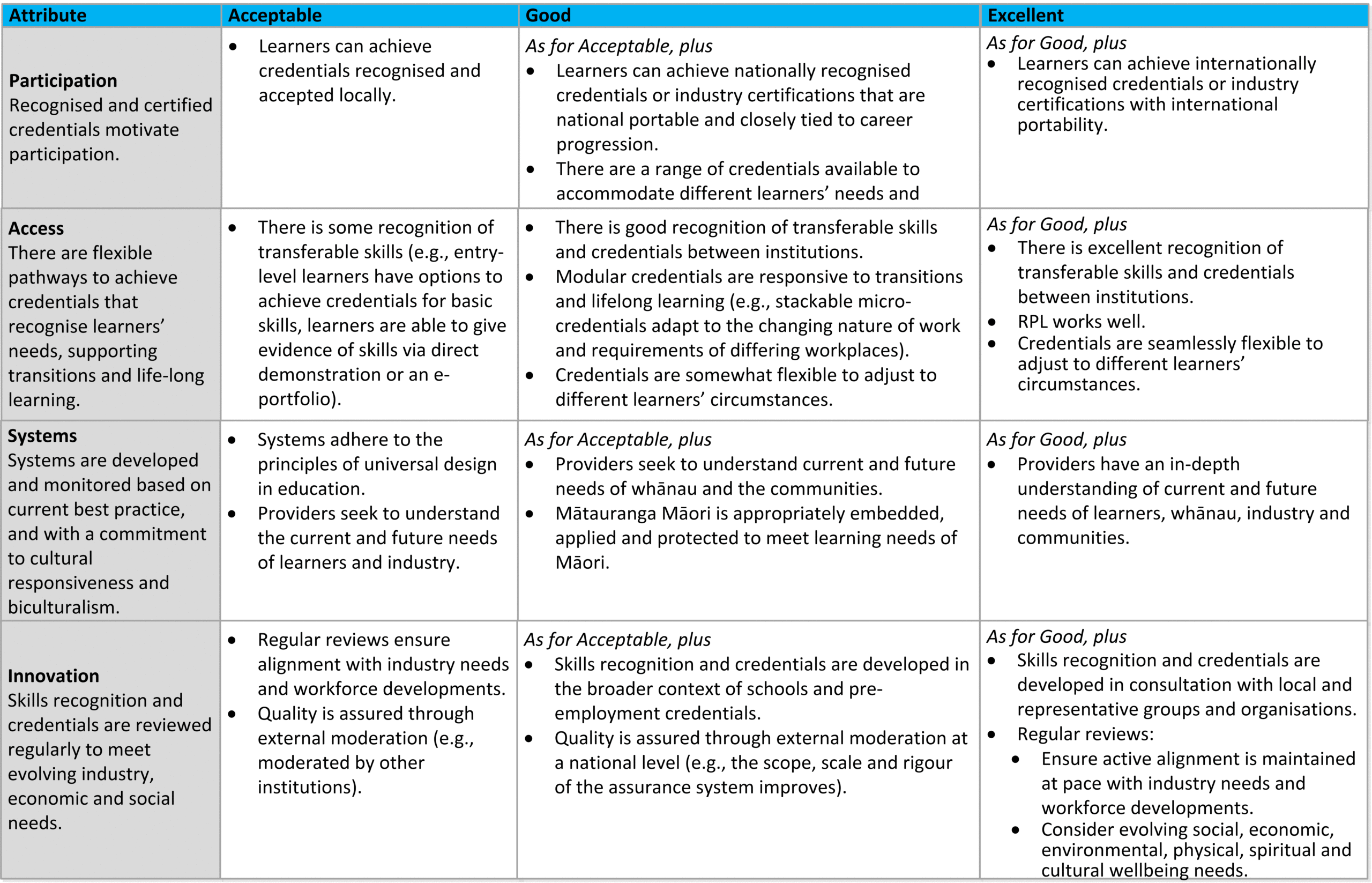
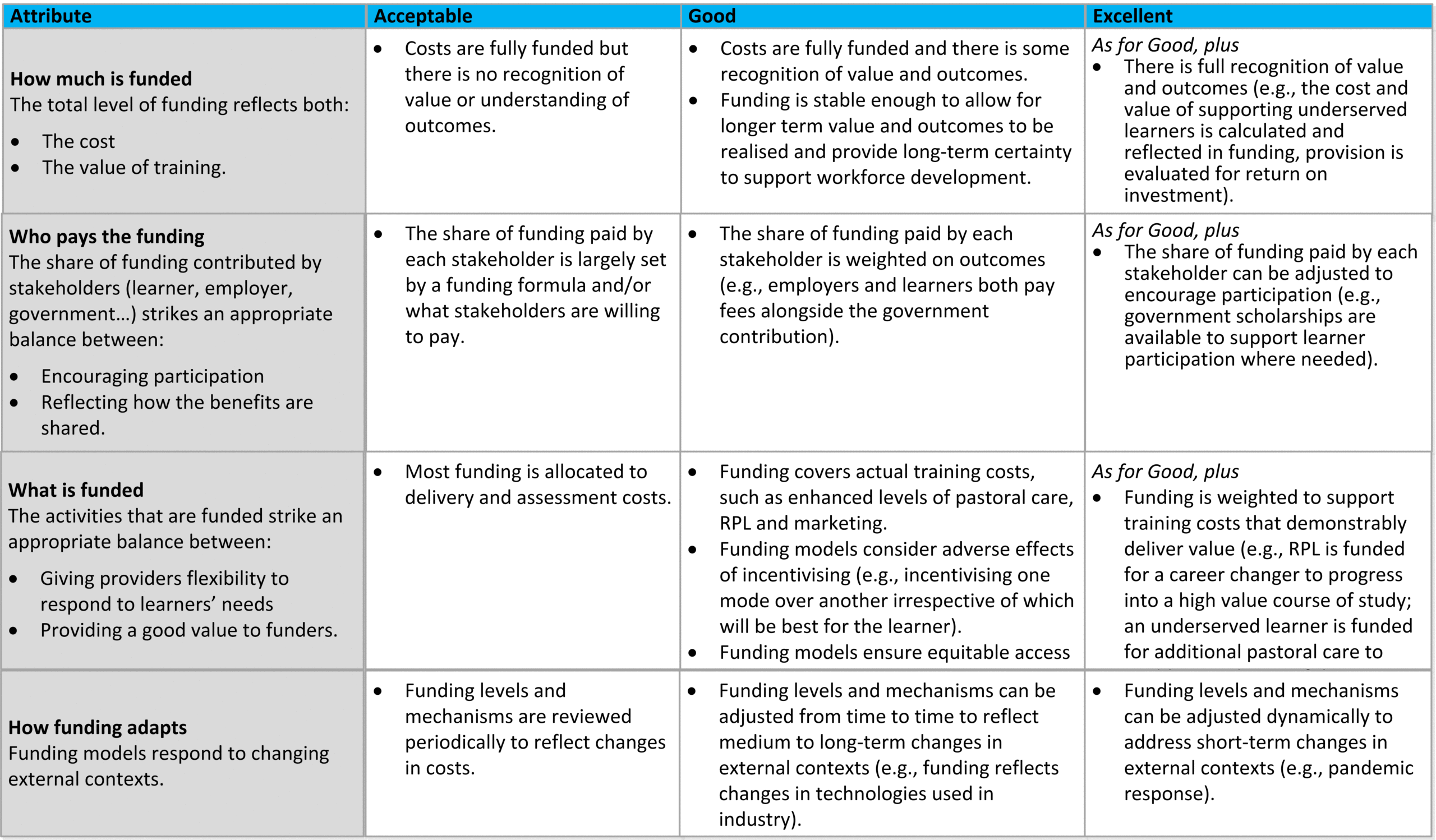
Go to the Overview tab to download the entire suite of rubrics in MS Word format
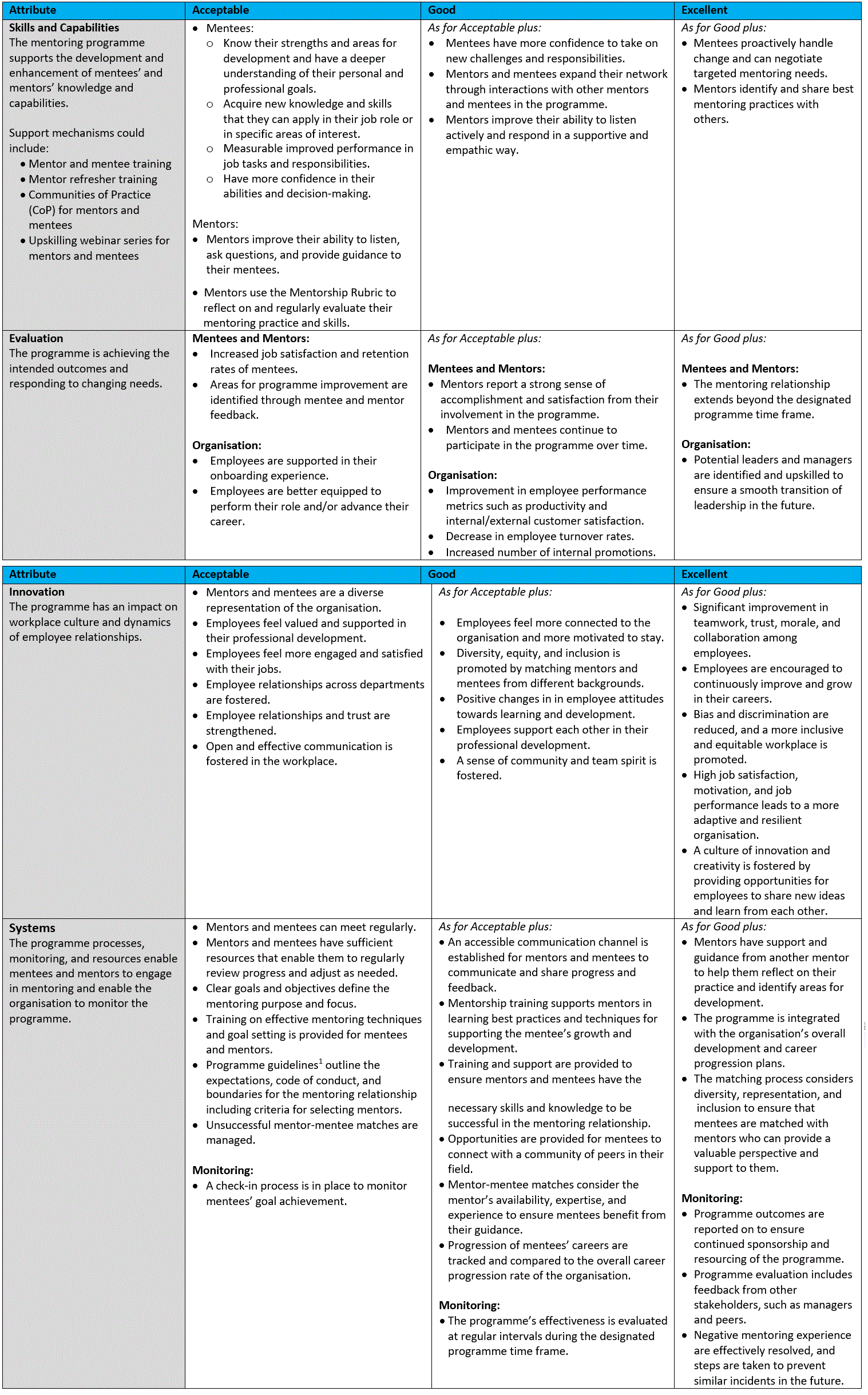
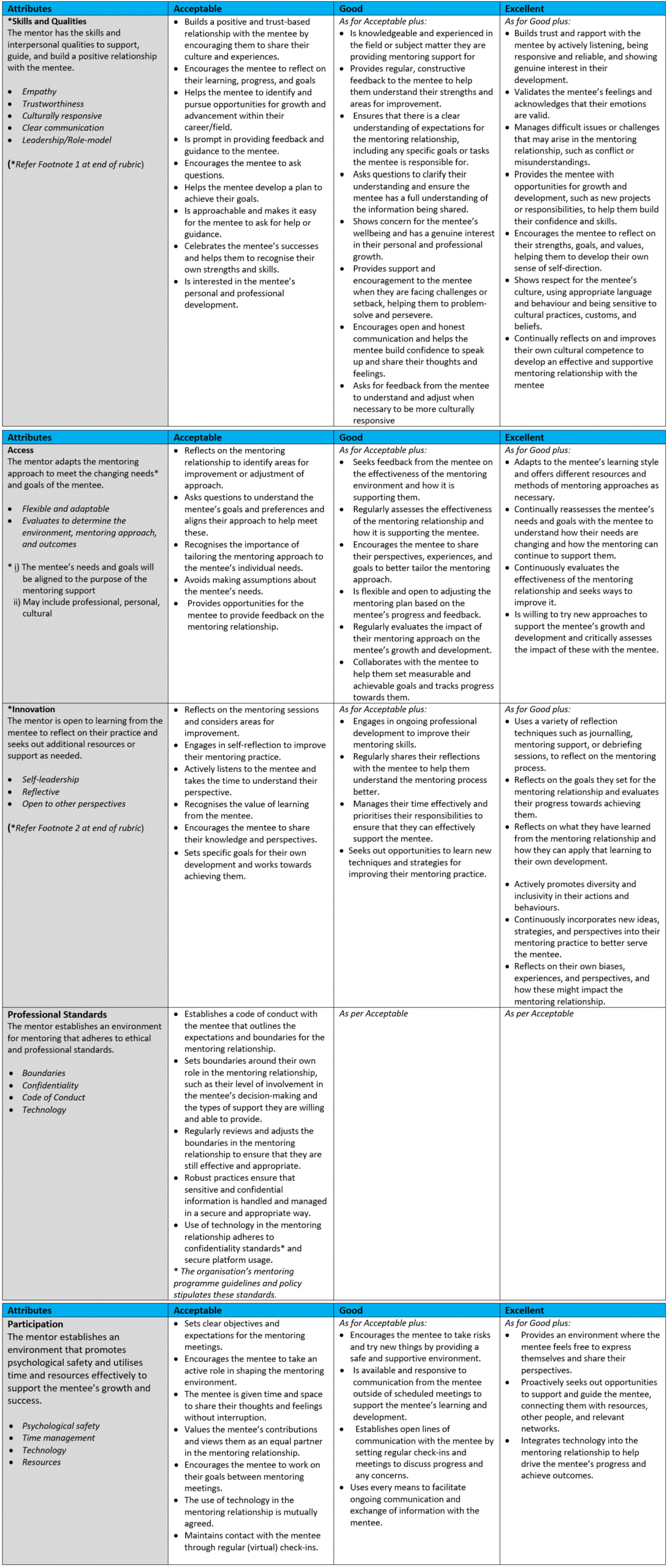
Go to the Overview tab to download the entire suite of rubrics in MS Word format
This rubric illustrates the stakeholder agreed vision of pathway excellence. Note that it focuses on the short-term outcomes that learners should experience.
For example, what they should access, understand, be capable of or experience, prior to or during a transition.
The rubric is high-level and should apply as needed to any organisation (primary, secondary, or tertiary institution, industry entity etc.) which has the ability to influence the options a learner has available to progress in their career-related learning.
The organisation using this rubric needs to assess where they sit, and from there explore what actions they can take to achieve these outcomes for learners.
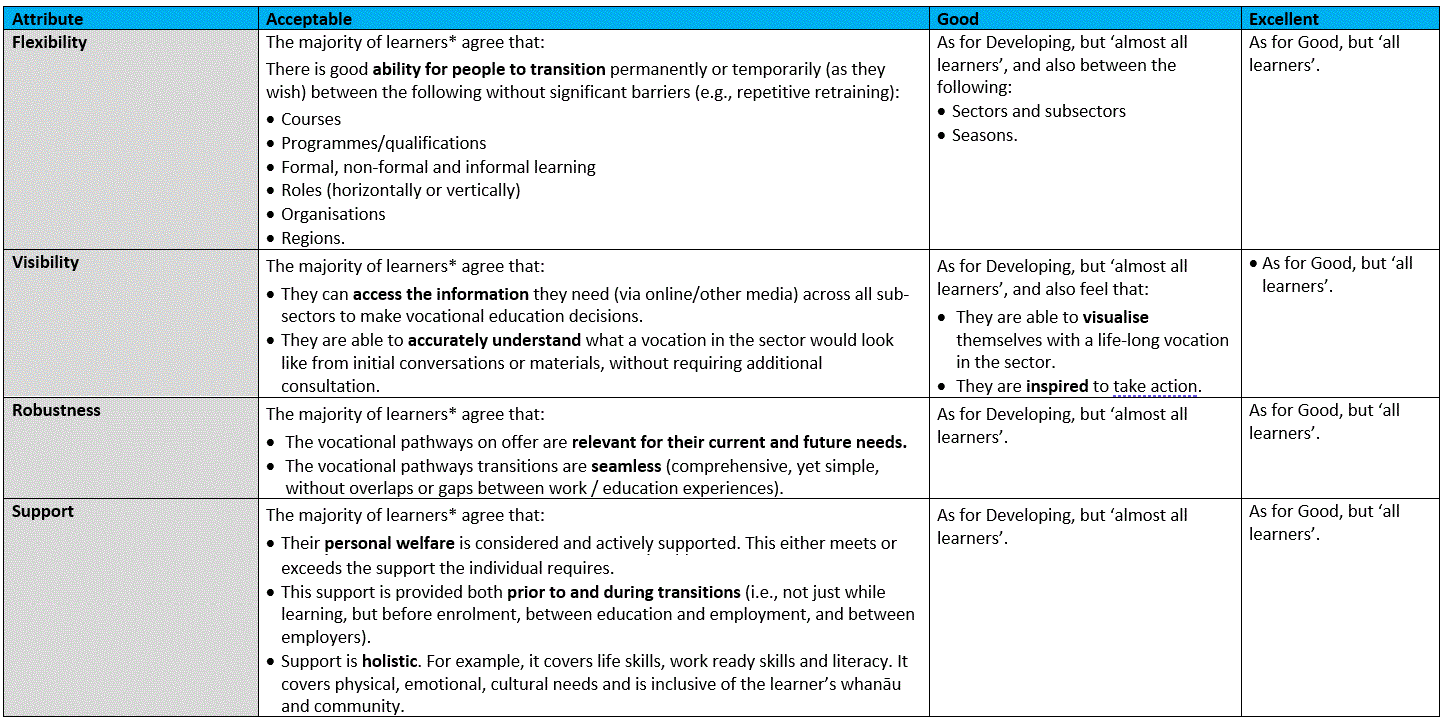
*In all cases, ‘learners’ is inclusive of Māori and other ethnicities, disabled people, different genders, age groups, and neurodiverse people. This means the pathway must always be culturally and socially appropriate.
Secondary school pathway programmes refer to structured learning arrangements that enable secondary students to experience and engage with post-secondary education, training and employment while still enrolled in school. This includes but is not limited to Trades Academies, Gateway, STAR and other dual enrolment programmes.
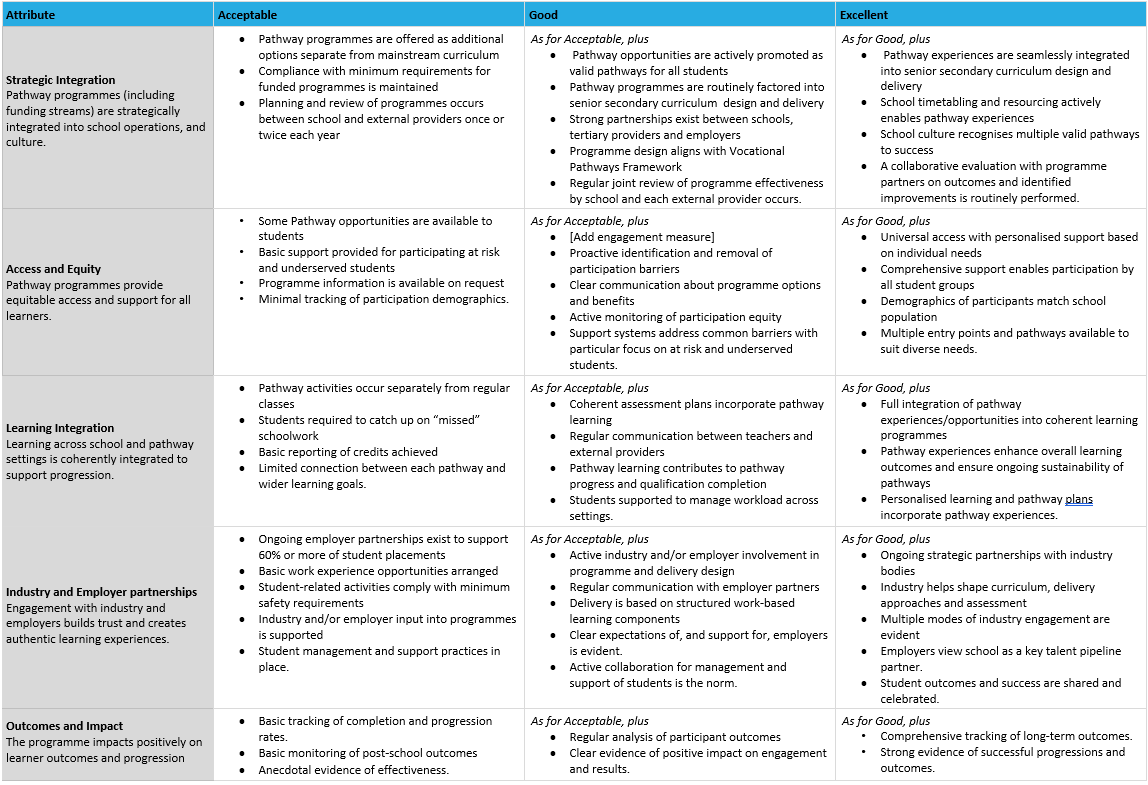
The following rubrics were developed for Work-based Learning for Māori but it is important to note that these are effectively an additional layer applied in parallel to other appropriate rubrics in the set. For example, if applying the Learner rubric for PĪRERE – The Advancement (the journey from learner to proficiency), a long list of other rubrics could also apply e.g. Face-to-face learning, Work-based learning, Digital and Distance Learning, etc.
Context is important and this is available in the report “Te Ara Whakapakari “The Pathway to Strength and Development: DLF Te Ao Māori Engagement Framework”; see Appendix 1. Te Ara Whakapakari is based on the idea that learning is a shared journey. Each group—iwi, hapū, providers, employers, mentors, learners, and the wider community—has a distinct role, but they’re all connected by shared values:
Each part of the model strengthens the others—like the woven strands of a whāriki. True impact comes when everyone is aligned and working together.
